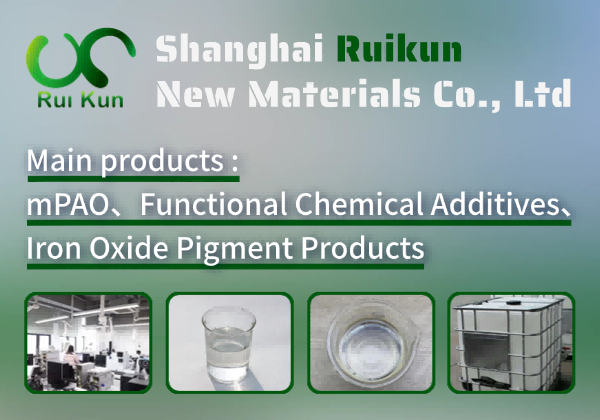What is 2-amino-6-hydroxyl-benzyl alcohol
**Introduction to 2-Amino-6-hydroxybenzyl Alcohol** 2-Amino-6-hydroxybenzyl alcohol is a versatile aromatic compound with a hydroxyl (–OH) and an amino (–NH₂) functional group attached to a benzyl alcohol core. This unique structure makes it a valuable intermediate in organic synthesis, particularly in the production of pharmaceuticals, dyes, and specialty chemicals. Its reactive sites allow for further functionalization, enabling applications in drug development, agrochemicals, and advanced material science. The compound’s stability and solubility in polar solvents enhance its utility in laboratory and industrial settings. Researchers also explore its potential in coordination chemistry and catalysis. With its balanced reactivity and multifunctional design, 2-amino-6-hydroxybenzyl alcohol serves as a key building block in synthetic chemistry.
Preparation Process: To prepare **2-amino-6-hydroxyl-benzyl alcohol**, start with **2-nitro-6-hydroxybenzaldehyde** as the precursor. Reduce the nitro group to an amino group using hydrogen gas (H₂) and a palladium-on-carbon (Pd/C) catalyst in methanol at room temperature. Alternatively, employ sodium dithionite (Na₂S₂O₄) in aqueous ethanol for reduction. Next, reduce the aldehyde group to a hydroxyl group (benzyl alcohol) using sodium borohydride (NaBH₄) in methanol at 0–5°C. Purify the product via recrystallization from ethanol/water. Monitor reactions by TLC and confirm the structure using NMR and IR spectroscopy. Ensure inert conditions to prevent oxidation.
Usage Scenarios: 2-Amino-6-hydroxybenzyl alcohol is primarily used as an intermediate in organic synthesis, particularly in the production of pharmaceuticals, dyes, and specialty chemicals. Its amino and hydroxyl groups make it valuable for constructing heterocyclic compounds, such as quinoline and indole derivatives, which are common in drug development. The compound also serves as a building block for synthesizing ligands in coordination chemistry and catalysts. Additionally, it may be employed in the preparation of agrochemicals and polymer additives. Its bifunctional structure allows for selective modifications, making it useful in fine chemical manufacturing and research applications requiring tailored molecular frameworks.
2-amino-6-hydroxyl-benzyl alcohol Basic Info
2-amino-6-hydroxyl-benzyl alcohol Price
China: $20–$70 per kg
Russia: No results
Germany: $100–$250 per kg
India: $30–$90 per kg
Japan: $90–$220 per kg
Brazil: $70–$180 per kg
South Korea: $60–$160 per kg
Philippines: No results
United Kingdom: $90–$240 per kg
France: $100–$260 per kg
Mexico: $50–$150 per kg
Canada: $80–$200 per kg
South Africa: No results
Egypt: No results
Turkey: $40–$120 per kg
Thailand: No results
Indonesia: No results
*Note: Ranges are approximate estimates based on general market conditions and may vary significantly depending on purity, supplier, and local regulations. "No results" indicates insufficient or unavailable data for this specific compound.*



